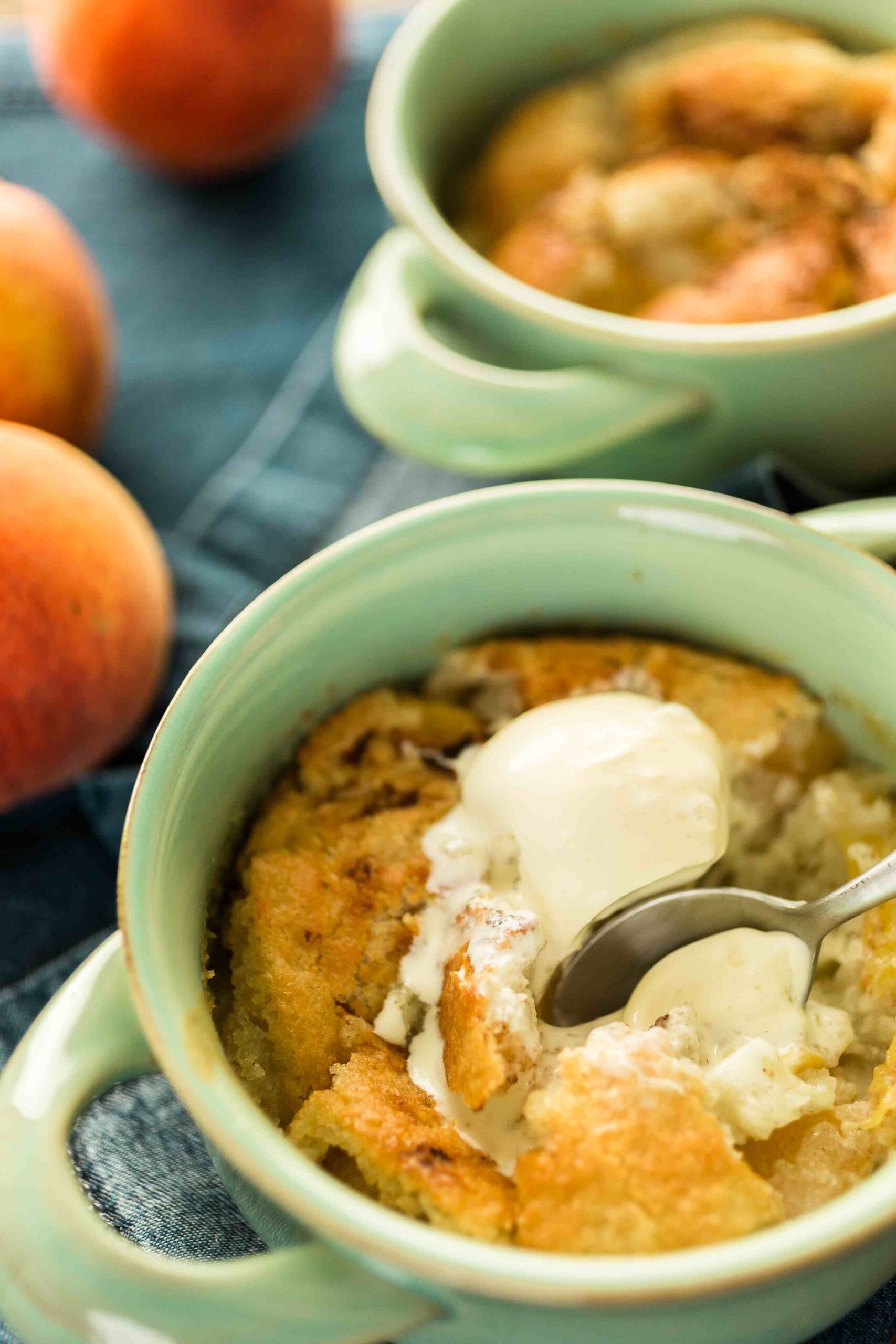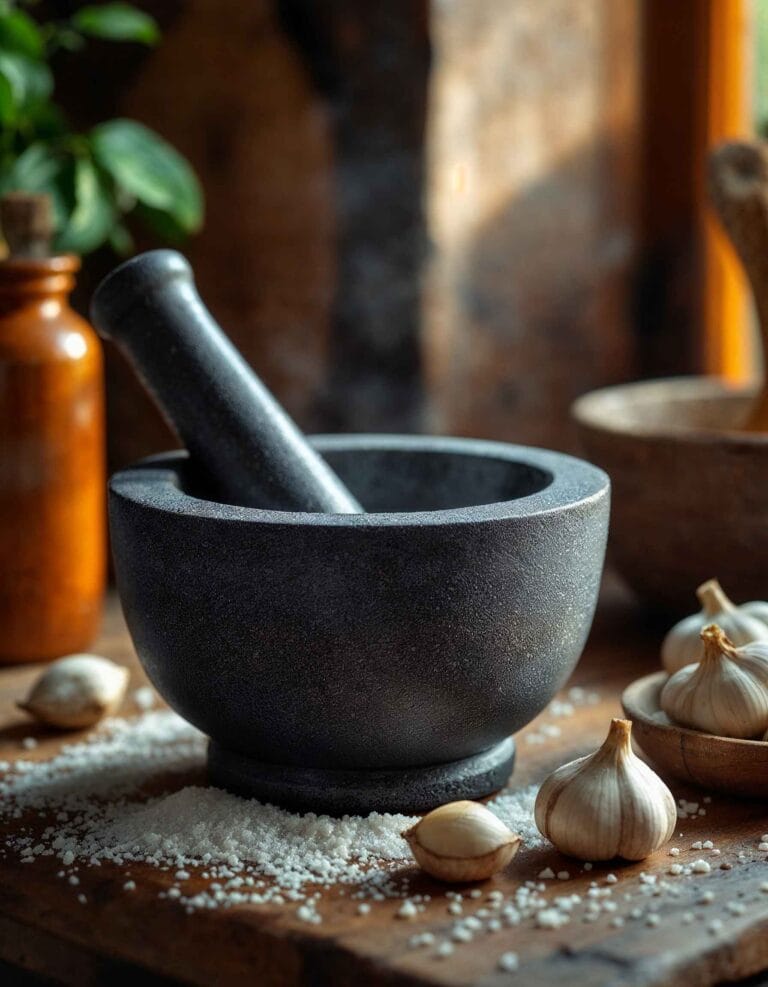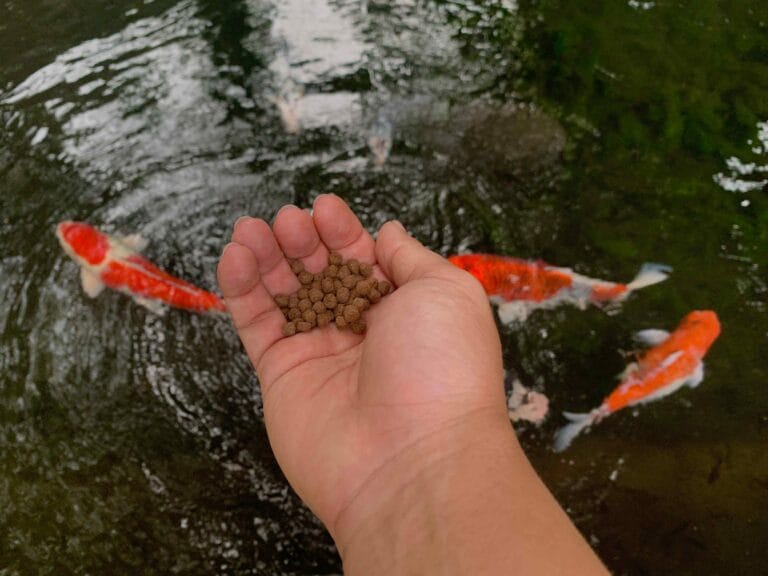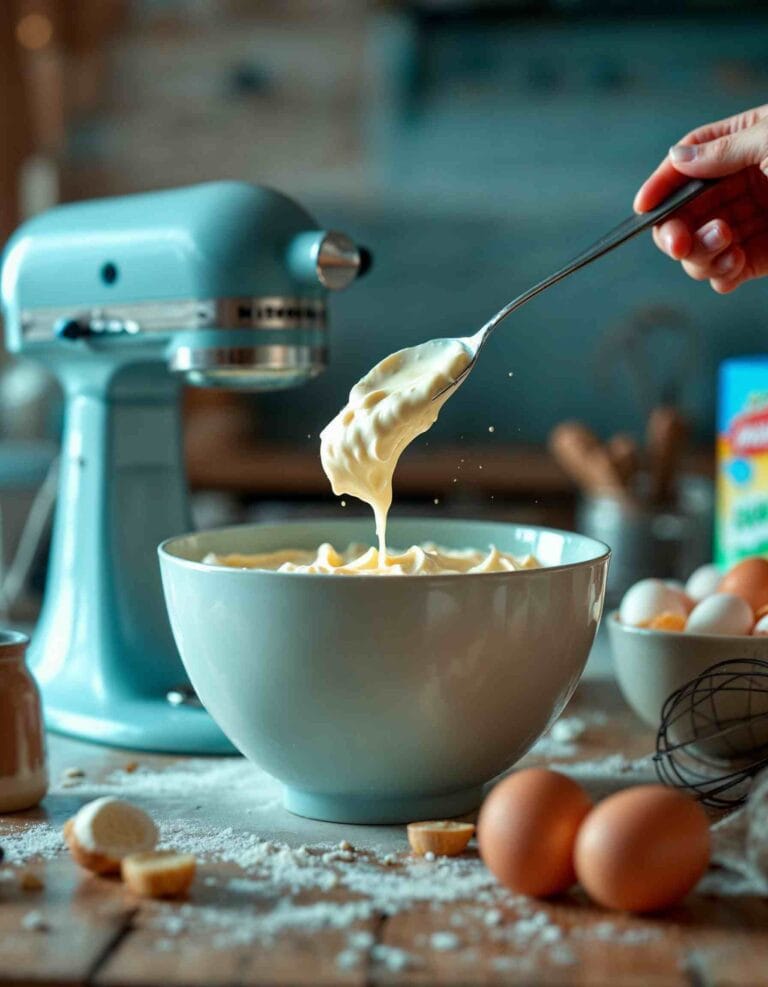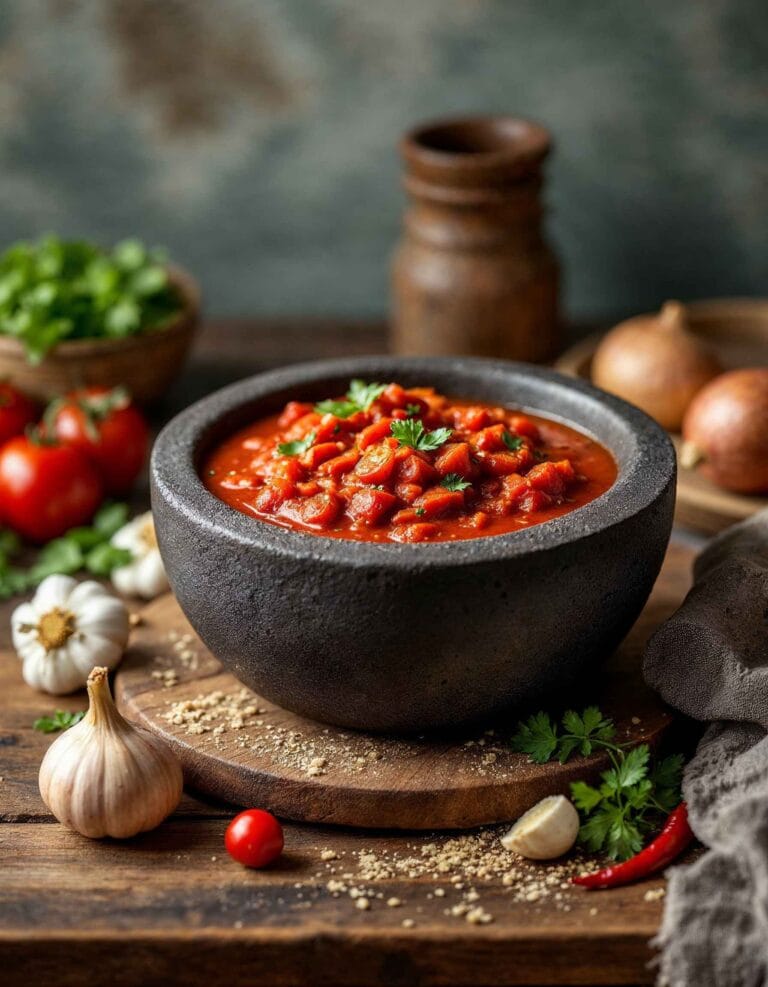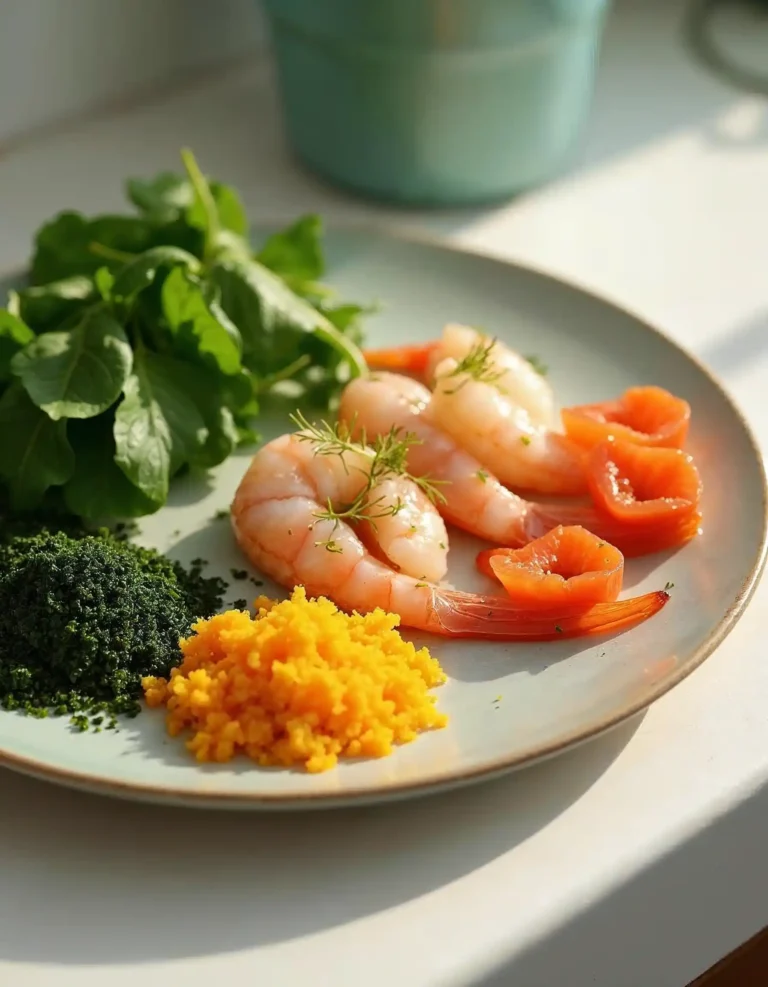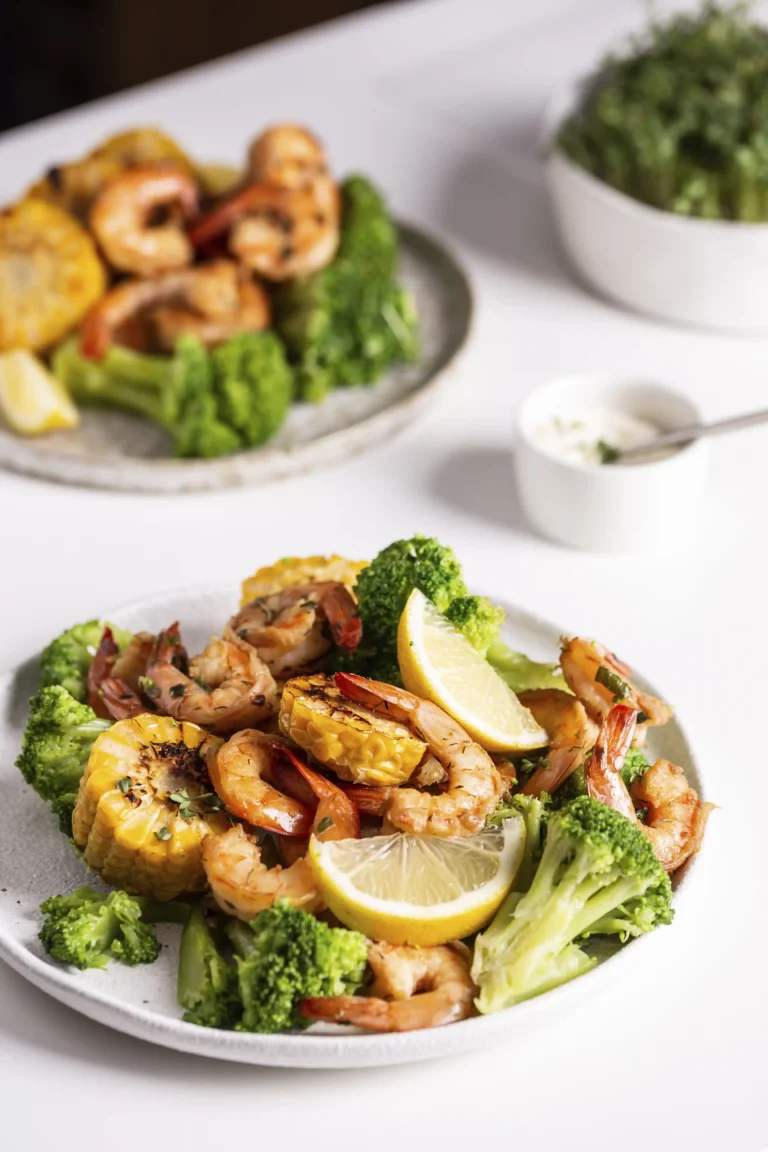Cobbler Dough vs. Pie Crust: Key Differences Every Baker Should Know
Cobbler dough and pie crust are two cornerstone elements of baking, especially when it comes to fruit-based desserts. While they might appear similar in function—serving as a base or topping for sweet and savory dishes—they are fundamentally different in their ingredients, texture, and preparation methods. Understanding these differences can elevate your baking and help you choose the right dough for your dessert.
Cobbler dough is characterized by its soft, biscuit-like or cake-like texture, which pairs beautifully with warm, juicy fruit fillings. In contrast, pie crust is prized for its flaky, buttery layers that provide a firm and structured base or lid for pies. Whether you’re preparing a rustic peach cobbler or a classic apple pie, knowing the distinctions between these two types of dough will ensure your dessert is a success.
What is Cobbler Dough?
Cobbler dough is a fundamental component of cobblers, a rustic dessert where the dough serves as a topping for baked fruit. Unlike pie crust, cobbler dough is soft and fluffy, resembling a biscuit or cake rather than a flaky pastry. This distinctive texture gives cobblers their characteristic homey and comforting appeal, making them a favorite for fruit-based desserts.
Characteristics of Cobbler Dough
Cobbler dough stands out for its simplicity and ease of preparation. It is typically:
- Soft and Biscuit-Like: The dough is tender with a slightly crumbly texture that crisps up beautifully in the oven.
- Sweetened but Not Overly So: Cobbler dough is subtly sweet, which balances the sweetness of the fruit filling beneath it.
- Moist and Airy: When baked, the dough absorbs some of the fruit juices, adding depth to its flavor while remaining light and soft.
Ingredients in Cobbler Dough
The basic ingredients for cobbler dough include:
- Flour: The foundation of the dough, providing structure.
- Sugar: Adds a touch of sweetness to complement the fruit filling.
- Baking Powder: Acts as a leavening agent, giving the dough its rise.
- Butter: Adds richness and a hint of flakiness.
- Milk or Cream: Creates a moist dough and contributes to its tender texture.
- Optional Spices: Some recipes call for cinnamon, nutmeg, or vanilla for added flavor.
How to Prepare Cobbler Dough
Making cobbler dough is straightforward and beginner-friendly:
- Mix Dry Ingredients: Combine flour, sugar, baking powder, and any optional spices in a bowl.
- Cut in Butter: Add cold butter and cut it into the dry ingredients using a pastry cutter or fork until the mixture resembles coarse crumbs.
- Add Liquid: Slowly mix in milk or cream until the dough comes together. Be careful not to overmix; the dough should be slightly sticky and soft.
- Top the Fruit Filling: Spoon or drop dollops of the dough over prepared fruit, leaving some gaps for steam to escape during baking.
The Role of Cobbler Dough in Desserts
Cobbler dough is not just a topping—it interacts with the fruit filling below:
- Soaks Up Fruit Juices: As it bakes, the dough absorbs the bubbling juices, enhancing its flavor.
- Creates a Contrast: The crisp, golden-brown top contrasts beautifully with the warm, gooey fruit filling.
- Offers a Rustic Aesthetic: Its uneven, hand-dropped appearance adds to the charm of cobblers, emphasizing their simplicity and homemade feel.
What is Pie Crust?
Pie crust is a staple in baking, forming the base and/or topping of pies. Known for its flaky, buttery texture, pie crust provides structure and a neutral canvas that highlights the filling. Unlike cobbler dough, which is soft and biscuit-like, pie crust is firm and crisp, making it versatile for both sweet and savory dishes.
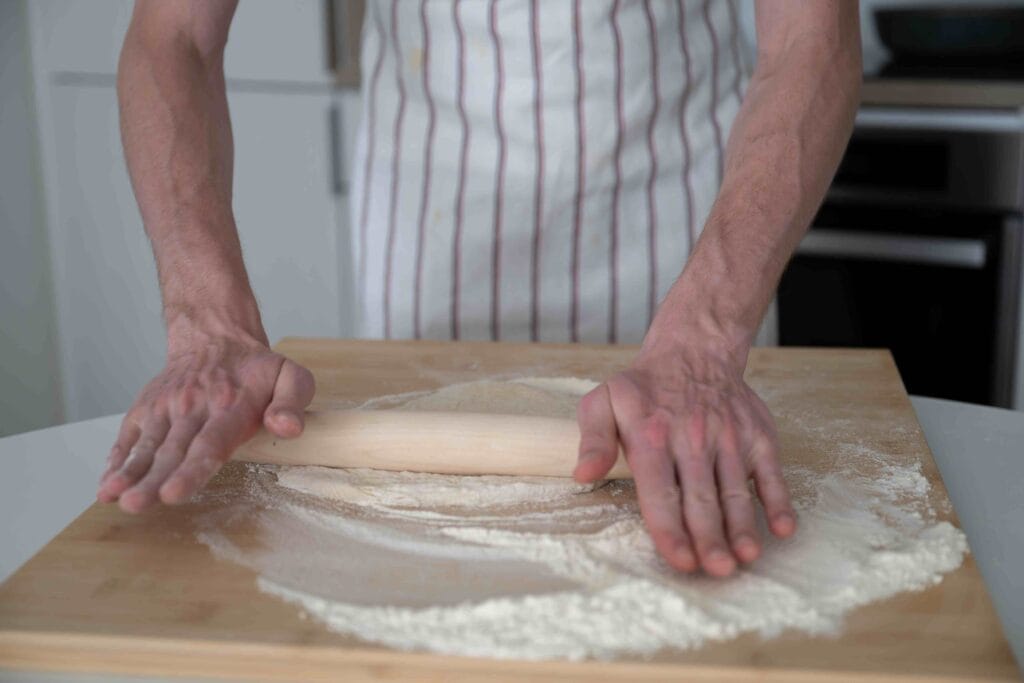
Characteristics of Pie Crust
Pie crust is defined by several key attributes:
- Flaky and Tender: Properly prepared pie crust develops delicate, crispy layers that melt in your mouth.
- Rich in Flavor: The combination of butter (or other fats) and salt gives the crust a savory richness, even in sweet applications.
- Firm and Structured: It holds its shape when baked, making it ideal for containing fillings and supporting decorative edges.
Ingredients in Pie Crust
Pie crust relies on a few simple ingredients, but their handling is critical for achieving the desired texture:
- Flour: Provides the structural foundation.
- Butter, Shortening, or Lard: Fat is crucial for creating flakiness and enhancing flavor.
- Salt: Balances the flavor, even in sweet pies.
- Water: Ice-cold water binds the ingredients together without melting the fat, which is key to flakiness.
How to Prepare Pie Crust
Crafting a perfect pie crust requires attention to detail and technique:
- Combine Dry Ingredients: Mix flour and salt in a large bowl.
- Cut in Fat: Add cold butter (or other fats) and cut it into the flour until the mixture forms pea-sized crumbs. This step determines how flaky the crust will be.
- Add Water Gradually: Drizzle ice-cold water into the mixture, stirring gently until the dough just comes together. Overworking the dough can result in toughness.
- Chill the Dough: Wrap the dough in plastic wrap and refrigerate for at least an hour. Chilling solidifies the fat, ensuring the crust bakes up flaky.
- Roll Out and Shape: Roll the dough on a floured surface and transfer it to a pie dish, trimming and crimping the edges as desired.
The Role of Pie Crust in Desserts
Pie crust serves as more than just a container for the filling:
- Supports the Filling: The firm crust prevents the pie from collapsing and helps distribute the weight of the filling evenly.
- Enhances Texture: Its flaky crunch contrasts with soft fillings like custards or fruit compotes.
- Adds Visual Appeal: Pie crust is often decorated with lattice patterns, braids, or cut-out shapes, enhancing the dessert’s presentation.
Key Differences Between Cobbler Dough and Pie Crust
Cobbler dough and pie crust may both be essential to desserts, but their differences in ingredients, preparation, texture, and uses make each unique. Understanding these distinctions can help bakers select the best option for their specific dish.
Ingredients Comparison
The ingredients for cobbler dough and pie crust differ in ways that influence their texture and flavor:
- Cobbler Dough: Typically includes flour, sugar, baking powder, butter, and milk or cream. These components create a soft, biscuit-like topping that is slightly sweet.
- Pie Crust: Relies on flour, fat (butter, lard, or shortening), salt, and water. Sugar is rarely added, as pie crust is designed to be a neutral, flaky base.
Textural Contrasts
The most noticeable difference between cobbler dough and pie crust lies in their texture:
- Cobbler Dough: Soft, tender, and airy, with a golden crust that absorbs some of the fruit juices while baking. It lacks the structure of pie crust and has a rustic, uneven appearance.
- Pie Crust: Flaky, crisp, and sturdy, pie crust offers a firm structure to hold fillings and is often used as a base, lid, or both in pies.
Appearance and Baking Techniques
The way cobbler dough and pie crust are prepared and baked also sets them apart:
- Cobbler Dough: Spoon-dropped or spread over the filling in an uneven layer, cobbler dough rises during baking due to the leavening agents (e.g., baking powder). It typically forms a golden, biscuit-like topping that doesn’t completely cover the fruit.
- Pie Crust: Rolled out flat and shaped to fit the pie dish, pie crust is used as a full base or topping. It can be crimped, braided, or decorated for a polished presentation.
Use Cases for Cobbler Dough vs. Pie Crust
The choice between cobbler dough and pie crust often depends on the dessert being made:
- Cobbler Dough: Best for quick, rustic fruit desserts where the topping serves as a soft complement to the juicy filling (e.g., peach cobbler, mixed berry cobbler).
- Pie Crust: Ideal for desserts requiring a firm structure and flaky texture, such as classic apple pie, quiches, or custard pies.
Flavor Profiles
While both doughs are versatile, their flavor profiles differ:
- Cobbler Dough: Slightly sweet with a buttery undertone, it harmonizes with the fruity, syrupy flavors of the filling.
- Pie Crust: Neutral and buttery, it allows the filling—whether sweet or savory—to take center stage.
Popular Desserts Using Cobbler Dough
Cobbler dough is the heart of various comforting and rustic desserts, particularly those featuring seasonal fruits. Its versatility and ease of preparation make it a favorite for bakers who want a simple yet delicious treat. Here are some of the most popular desserts that use cobbler dough.
Classic Peach Cobbler
One of the most beloved cobbler variations, peach cobbler, features a sweet, juicy filling made from ripe peaches, sugar, and warm spices like cinnamon or nutmeg. The cobbler dough is dolloped on top and baked until golden brown, resulting in a dessert that is perfect for summer gatherings or served warm with a scoop of vanilla ice cream.
Mixed Berry Cobbler
Mixed berry cobbler combines fruits like blueberries, blackberries, raspberries, and strawberries. The tartness of the berries pairs beautifully with the slightly sweet cobbler dough, creating a balance of flavors. This dessert is often prepared during berry season and can be customized based on the fruits available.
Apple Cobbler
Similar to an apple pie but without the flaky crust, apple cobbler uses spiced, tender apples as its base. The biscuit-like cobbler dough absorbs some of the caramelized juices, adding depth to the flavor. A sprinkle of sugar or cinnamon on the dough before baking adds a delightful crunch.
Cherry Cobbler
Cherry cobbler is another popular variation, often made with fresh or canned cherries. The slightly tart cherries complement the rich, buttery cobbler dough, making this dessert a crowd-pleaser. It’s particularly common in regions where cherries are abundant.
Regional Variations
Cobbler desserts vary across cultures and regions:
- Southern-Style Cobbler: Often prepared with a thicker dough layer and includes spices like nutmeg or allspice.
- British-Style Cobbler: Known as “crumble” in some regions, this variation might include oats or nuts in the topping for added texture.
- Savory Cobblers: Some cobblers, like chicken cobbler or pot cobbler, replace fruit with savory fillings and use the same biscuit-style topping.
When to Use Cobbler Dough vs. Pie Crust
Choosing between cobbler dough and pie crust depends on the dessert you want to make, as each brings distinct textures, flavors, and structural elements. Understanding when and why to use one over the other ensures the best outcome for your dish.
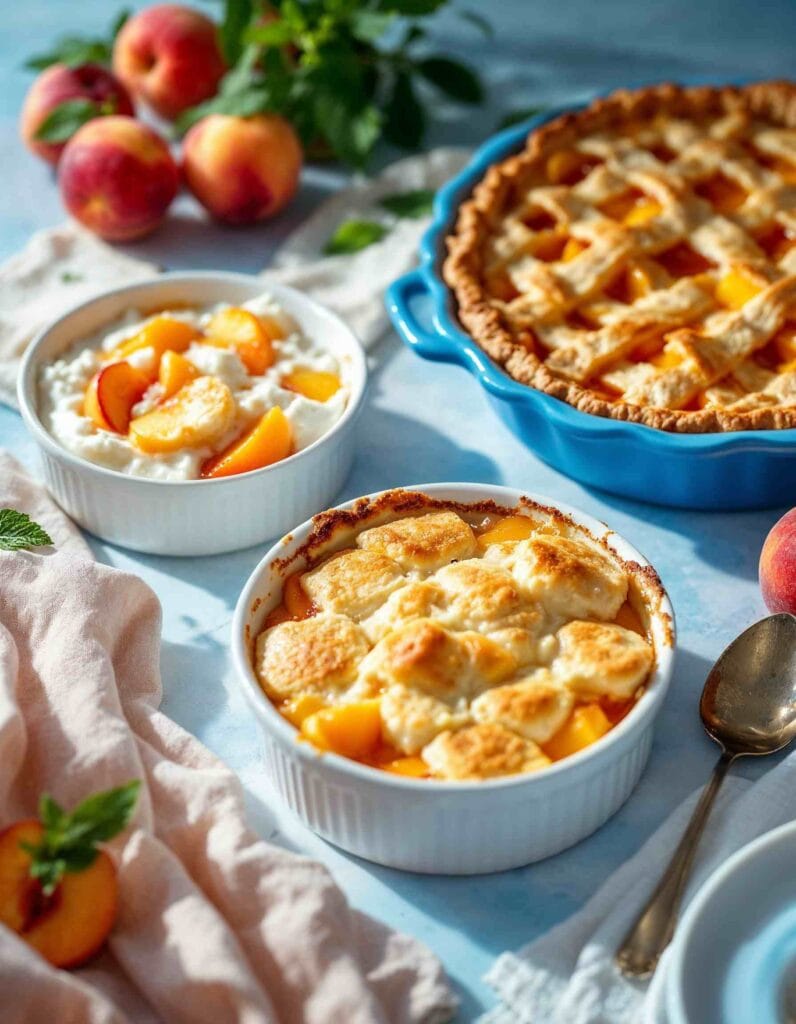
Use Cobbler Dough for Rustic and Quick Desserts
Cobbler dough is perfect when you want a simple, rustic dessert that prioritizes flavor over precision.
- Fruit-Based Desserts: Cobbler dough works best with soft, juicy fruits like peaches, berries, apples, or cherries. The dough absorbs the bubbling juices during baking, enhancing its flavor.
- Quick and Easy Preparation: Since cobbler dough requires no rolling or chilling, it’s ideal for impromptu desserts or when time is limited. Simply mix, spoon over the fruit filling, and bake.
- Rustic Presentation: The uneven dollops of cobbler dough create a charming homemade aesthetic. This makes it ideal for casual meals or gatherings.
Use Pie Crust for Structured and Elegant Desserts
Pie crust is the go-to option for desserts requiring a firm, flaky base or topping.
- Structured Desserts: Pie crust’s sturdiness makes it essential for pies and tarts, where it serves as a container for fillings like custards, pumpkin puree, or thick fruit mixtures.
- Decorative Desserts: If presentation matters, pie crust allows for intricate designs like lattices, braids, and crimped edges, adding a polished look to desserts.
- Savory Dishes: Beyond sweets, pie crust is ideal for savory dishes like quiches, pot pies, or galettes, where its neutral flavor complements various fillings.
Practical Considerations for Home Bakers
When deciding between cobbler dough and pie crust, consider these factors:
- Time and Skill Level: Cobbler dough is quicker and easier to make, requiring no specialized tools or techniques. Pie crust demands precision and more time for preparation and chilling.
- Texture Preferences: Choose cobbler dough for soft, tender bites and pie crust for a crisp, flaky texture.
- Dietary Needs: Pie crust often uses butter or shortening in large amounts, while cobbler dough can be adapted more easily for lighter or vegan alternatives by substituting ingredients like plant-based milk or margarine.
Examples of Best Use Cases
| Scenario | Best Dough Choice | Reason |
|---|---|---|
| Quick dessert with fresh fruit | Cobbler dough | Minimal preparation and rustic charm. |
| Classic apple dessert | Pie crust | Firm base for structured, flaky presentation. |
| Large family gathering | Cobbler dough | Easier to prepare in larger quantities. |
| Elegant holiday dessert | Pie crust | Allows for decorative designs and intricate work. |
| Savory main dish | Pie crust | Perfect for holding hearty, savory fillings. |
FAQs
What is similar to a cobbler?
Cobbler shares similarities with desserts like crumbles, crisps, buckles, and pandowdies.
- A crumble has a streusel-like topping made from flour, butter, and sugar.
- A crisp is similar to a crumble but includes oats for a crunchier texture.
- A buckle incorporates cake batter beneath or around the fruit, causing it to “buckle” during baking.
- A pandowdy is a dessert where the crust or topping is pressed into the bubbling fruit filling during baking, creating a rustic and syrupy dish.
What is the secret to a good apple pie?
The key to a delicious apple pie lies in a few important steps:
- Use the Right Apples: Combine tart and sweet varieties like Granny Smith and Honeycrisp for balanced flavor.
- Keep the Crust Cold: Cold butter and water are essential for a flaky pie crust. Chill the dough before rolling it out.
- Prevent a Soggy Bottom: Blind-bake the crust or sprinkle breadcrumbs, flour, or cornstarch at the base to absorb excess moisture.
- Spice It Right: Use a mix of cinnamon, nutmeg, and cloves for warm, aromatic flavors.
- Vent the Top Crust: Cut slits or create a lattice pattern to allow steam to escape and prevent a mushy filling.
What is the difference between blueberry crumble and blueberry cobbler?
- Topping: A blueberry crumble features a crumbly streusel topping made from butter, flour, and sugar, sometimes with oats or nuts added for texture. A blueberry cobbler, on the other hand, has a biscuit-like or cake-like topping that bakes up fluffy and golden.
- Texture: Crumbles have a crunchy topping, while cobblers are softer and more tender.
- Appearance: Crumble toppings completely cover the fruit, while cobbler toppings are typically dolloped or spread unevenly, leaving some fruit exposed.
What is peach cobbler crust made of?
Peach cobbler crust is typically made from simple ingredients:
- Flour: Forms the base of the dough.
- Sugar: Adds sweetness to complement the peaches.
- Butter: Provides richness and helps create a golden crust.
- Baking Powder: Acts as a leavening agent to make the crust light and airy.
- Milk or Cream: Creates a moist, soft dough that’s easy to spread or dollop over the peach filling.
Some variations may include cinnamon or nutmeg for added flavor.
Conclusion
Cobbler dough and pie crust are both indispensable in the world of baking, but they serve different purposes and bring unique textures to desserts. Cobbler dough is soft, tender, and biscuit-like, ideal for rustic fruit desserts like peach cobbler or berry cobbler. On the other hand, pie crust is firm, flaky, and versatile, making it perfect for structured desserts like apple pie or savory dishes like pot pies.
Understanding their differences in ingredients, preparation, and texture allows you to make informed choices for your recipes. Whether you’re in the mood for a quick, comforting cobbler or an elegant, decorative pie, selecting the right dough can elevate your baking and satisfy every craving.
No matter which you choose, both cobbler dough and pie crust showcase the artistry of baking and highlight the delicious flavors of the fillings they accompany. With practice and a few tips, you can master both and create desserts that will impress family and friends alike.

